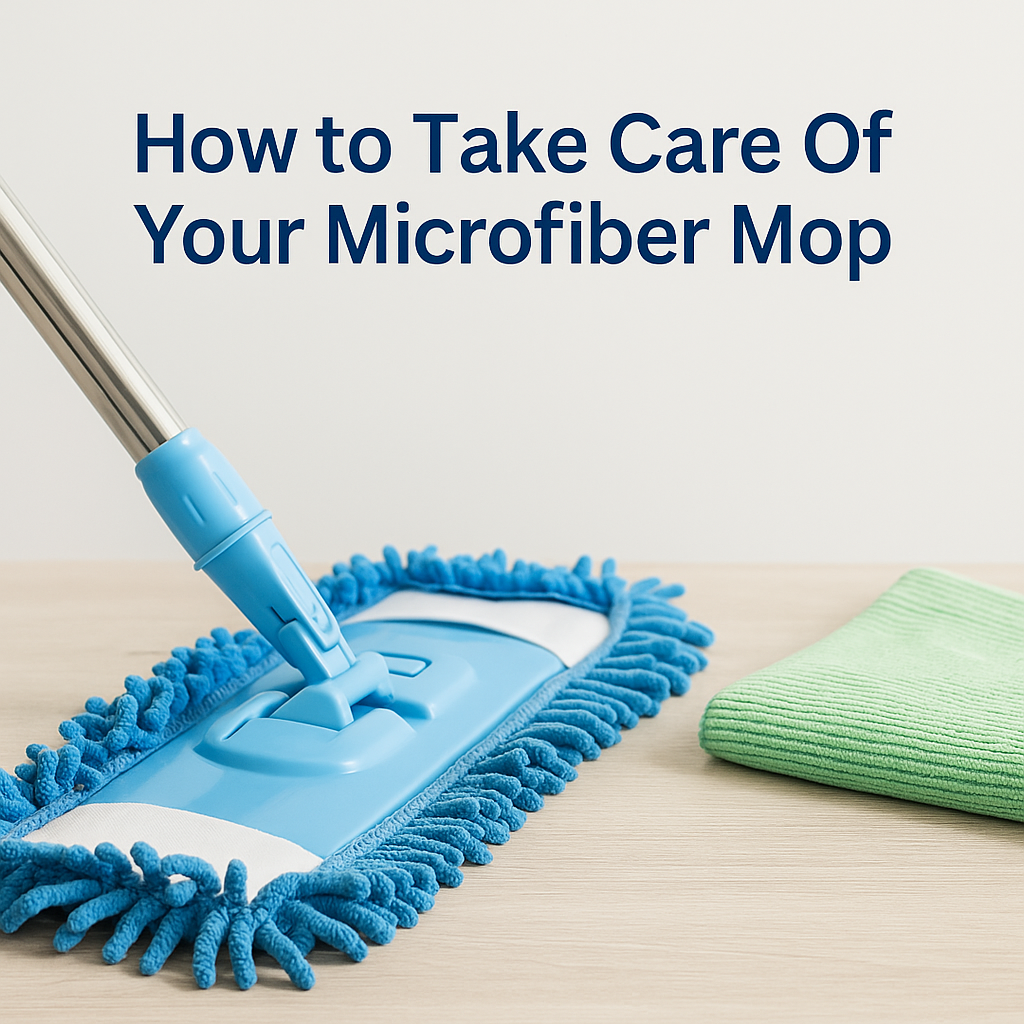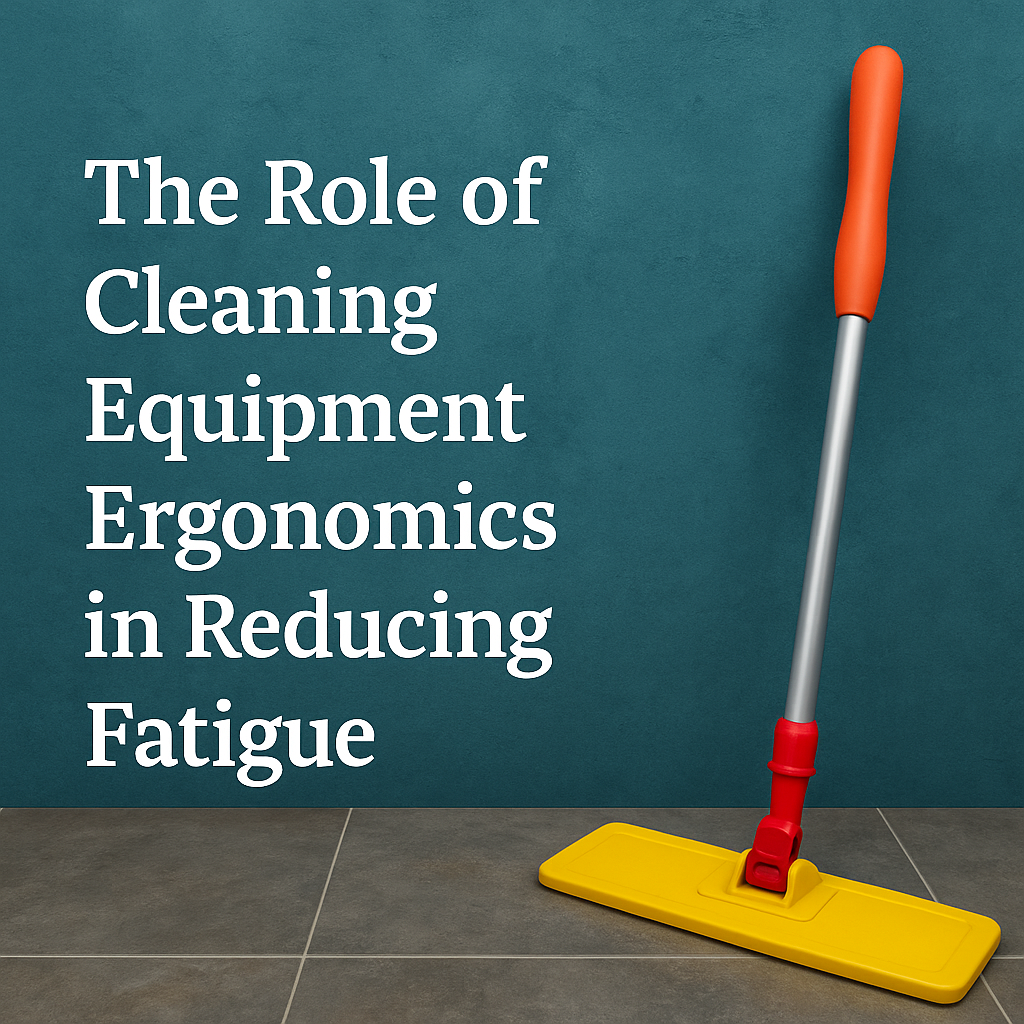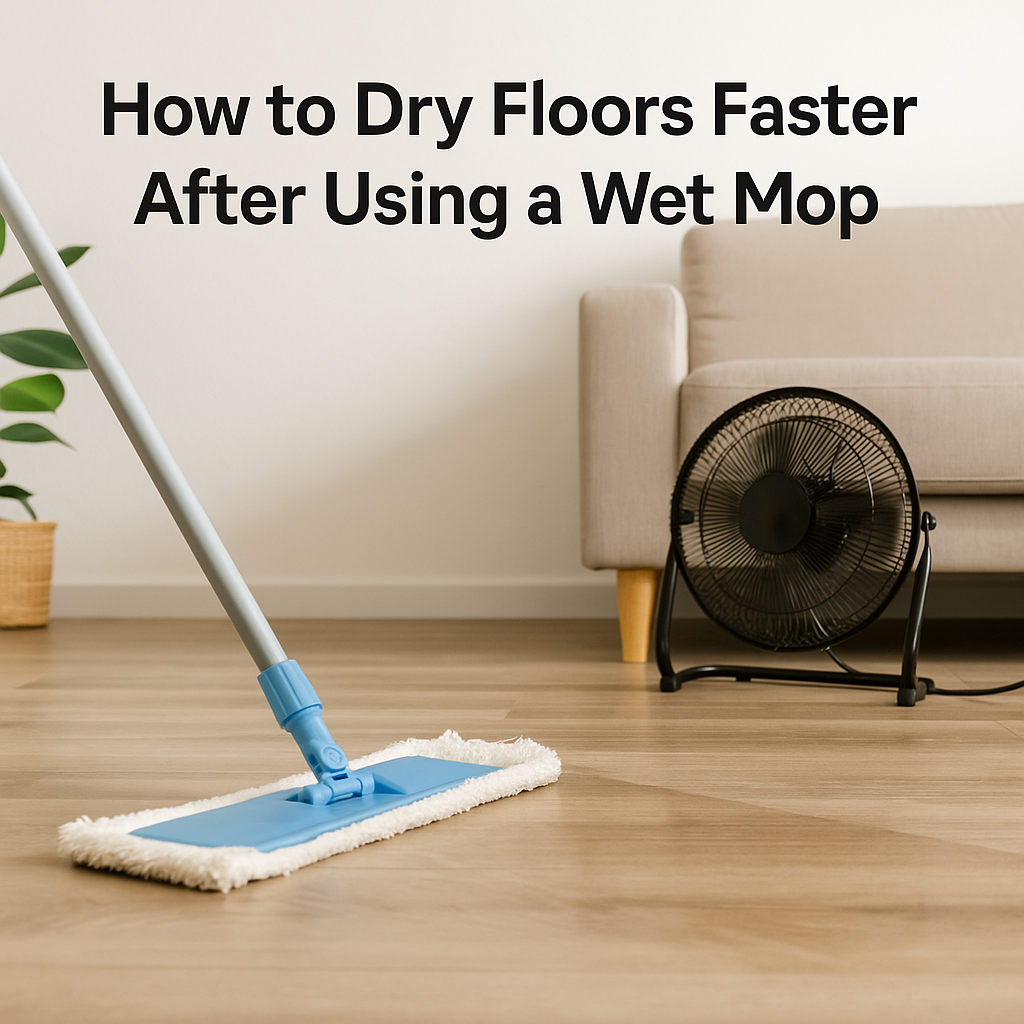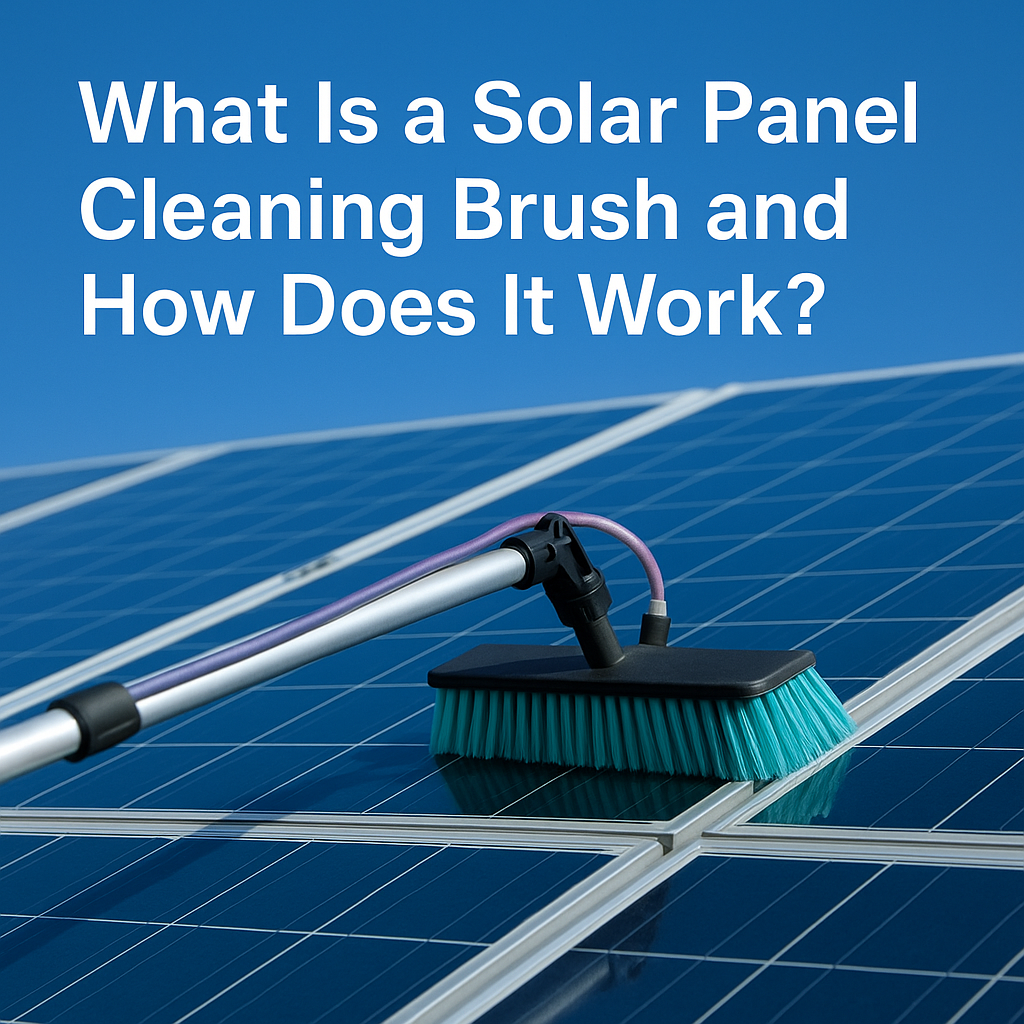Microfiber mops work great when they’re fresh, but over time they can turn rough, start to smell, stop absorbing water, and lose their cleaning power. Most of this happens because they’re not being cleaned or stored properly.
In this blog, you’ll learn how to keep your microfiber mop in good condition, how often to clean it, what mistakes to avoid, and simple tips to make it last longer and perform better.
Why Do Microfiber Mops Go Bad So Fast?
A lot of people notice that their microfiber mop heads turn stiff, crusty, and smelly after just a few uses. They might also stop soaking up water or fail to trap dust properly. This happens mostly because of one thing: wrong washing and drying habits.
Microfiber is a soft and delicate material. It’s made from tiny threads that are split into super-fine pieces, which is why it picks up dust and dirt so well. But if you use it like a regular cloth, those tiny threads can break, get blocked, or even melt—ruining your microfiber mop.
Signs Your Microfiber Mop Needs Attention
Before we go into how to take care of it, here are a few signs that your microfiber mop isn’t doing well:
-
It smells even after washing
-
It feels hard or crusty when dry
-
It’s not absorbing water like it used to
-
It just pushes dust around instead of picking it up
-
It leaves streaks on the floor
If you notice any of these, it’s time to give your mop some care.
How Often Should You Wash Your Microfiber Mop?
It depends on how often you use it and what you clean with it. If you mop your floors daily, it’s best to wash the mop head after every 1–2 uses. Don’t wait until it looks filthy—by then, the dirt might already be damaging the fibers.
For light use, such as dry dusting or spot cleaning, you can wash it every few days. But once it starts to smell or look dirty, don’t delay. A dirty mop spreads germs instead of cleaning them.
Why Does Your Microfiber Mop Feel Rough and Crusty?
If your microfiber mop comes out feeling stiff, hard, or crusty after washing, it means the fibers are clogged or damaged. This usually happens because of two reasons: using hot water or adding fabric softener during the wash. Both can ruin the fine structure of microfiber.
Another common reason is drying the mop head under direct sunlight or on high heat, which melts the fibers and makes them feel rough. Also, leftover dirt or detergent build-up can stiffen the fabric.
How to Fix It:
-
Wash the mop head in cold or warm water only—never hot.
-
Use a gentle detergent, and skip the fabric softener or bleach.
-
Add ½ cup of white vinegar during the rinse cycle to break down residue and soften the fibers.
-
Air dry the mop in a cool, shaded area or tumble dry on low heat only.
Doing this regularly can help bring back the softness and extend your mop’s life.
Why Does Your Microfiber Mop Smell Bad?
A microfiber mop that smells even after washing usually has bacteria or mildew buildup. This happens when the mop head stays wet for too long, especially if it's left in a bucket, closed cabinet, or laundry pile without drying properly. The trapped moisture creates the perfect place for germs to grow.
Using too much detergent or not rinsing it well can also leave behind residue, which mixes with bacteria and causes a sour or musty smell.
How to Fix It:
-
Rinse the mop right after use, even if you’re not washing it yet.
-
Wash it with a small amount of detergent and add ½ cup of white vinegar to kill bacteria and remove odor.
-
Dry the mop fully. Either air dry it in a ventilated area or use low heat in the dryer.
-
Never store it damp or folded. Always hang it up to let air pass through.
With these steps, your microfiber mop will stay fresh and ready to use. No more bad smells!
The Right Way to Wash a Microfiber Mop Head
Washing your microfiber mop the right way is key to keeping it in good shape. Here’s what you need to do:
1. Rinse It Right Away
After every use, rinse the mop head under running water to remove loose dirt and debris. This step prevents dirt from getting stuck deep into the fibers.
2. Machine Wash with Care
You can put microfiber mop heads in the washing machine, but make sure to follow these tips:
-
Use cold or warm water (never hot)
-
Choose a gentle or delicate cycle
-
Use a mild detergent (no bleach, no fabric softener)
-
Wash it separately or with other microfiber items
Harsh soaps or softeners will clog the fibers. Bleach can weaken them. And washing it with cotton or linty clothes will make it worse because microfiber picks up all that lint.
3. Air Dry or Low Heat Only
Heat is microfiber’s enemy. Never dry the mop head on high heat or under direct sunlight. High temperatures can melt the fibers.
The best way to dry it is to hang it up in a well-ventilated area or use a dryer on the lowest heat setting.
What to Avoid When Cleaning Your Microfiber Mop
Even small mistakes can cause big damage to microfiber. Here’s what to avoid:
-
No hot water: High heat melts the delicate synthetic fibers, making the mop stiff and less absorbent. Always wash with cold or warm water.
-
No bleach: Bleach is too harsh and breaks down the microfiber strands. It weakens the material and shortens the life of the mop.
-
No fabric softener: It leaves a coating on the fibers, blocking their ability to absorb water and pick up dust properly.
-
No rough scrubbing: Scraping or scrubbing too hard can tear the fine fibers. It’s better to soak or rinse gently instead.
-
No mixing with linty clothes: Microfiber attracts lint. If washed with cotton items, it’ll come out covered in fluff and lose its cleaning ability.
Following these tips helps your mop stay clean without losing its cleaning power.
How to Keep Your Microfiber Mop Smelling Fresh
A smelly microfiber mop usually means bacteria has started growing in it. Here’s how to stop that from happening:
-
Don’t leave it wet for too long. After using, rinse and hang it to dry right away.
-
Store it dry. Never fold or put it in a closed container while it’s damp.
-
Add vinegar occasionally. During wash, add half a cup of white vinegar to help kill bacteria and remove any built-up residue.
These simple steps can keep your mop smelling clean for much longer.
Extra Tips to Keep Your Microfiber Mop in Good Health
These lesser-known tips can help you get the most out of your microfiber mop:
Flip or Rotate Mop Heads
If your mop head is double-sided or removable, flip or rotate it during cleaning. This prevents one side from wearing out faster than the other.
Label for Different Areas
Don’t use the same mop head for the bathroom and kitchen. You can color-code or label mop heads to avoid cross-contamination.
Clean Your Bucket Too
If you use a bucket or wringer with your mop, clean it regularly. Dirty buckets transfer grime back to the mop.
Store It in a Cool, Dry Place
Humidity is the enemy. Keep your mop stored in a cool, dry area where air can circulate freely.
Best Way to Clean a Microfiber Mop (Quick Summary)
If you're looking for the safest and most effective way to clean your microfiber mop head:
-
Rinse it under cool water right after use
-
Machine wash with gentle detergent and cold water
-
Air dry or tumble dry on low
-
Avoid harsh chemicals and mixing with other fabrics
That’s all you need to do. And it’s enough to make your mop last for dozens of uses.
Why Taking Care of Your Mop Matters
Your microfiber mop is like an investment in your home’s cleanliness. If you take care of it, it won’t just last longer—it’ll also work better every time you clean.
People often throw away their mop heads after just a few uses, thinking they’ve worn out. But in most cases, it’s not the mop that’s bad—it’s the care routine that failed.
By following the tips shared above, you’ll avoid wasting money on replacements and enjoy spotless floors without extra effort.
Final Thoughts and a Quick Tip from Zidello
At Zidello, we care about helping you clean better, not harder. Taking care of your microfiber mop isn’t difficult—it just takes the right habits.
If your mop is already rough, not soaking up water, or smells weird after washing, it's not too late. Try switching to a proper cleaning routine. Use gentle detergents, skip the hot water, and let it dry fully in fresh air.
Want more tips like this? Or looking for replacement microfiber mop heads that last longer and clean better? Head over to our page and check out our latest cleaning solutions designed for your home.









